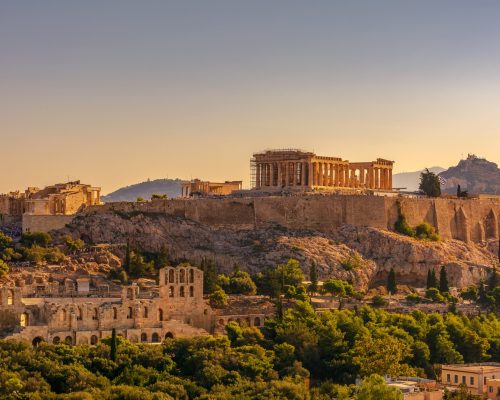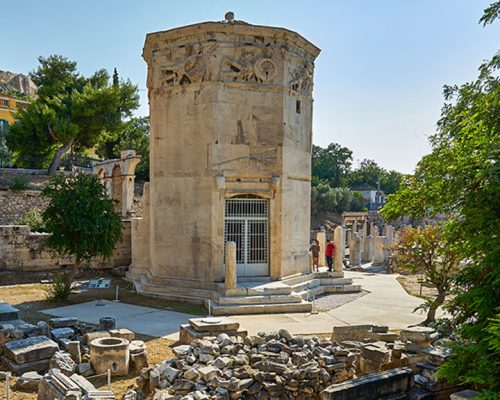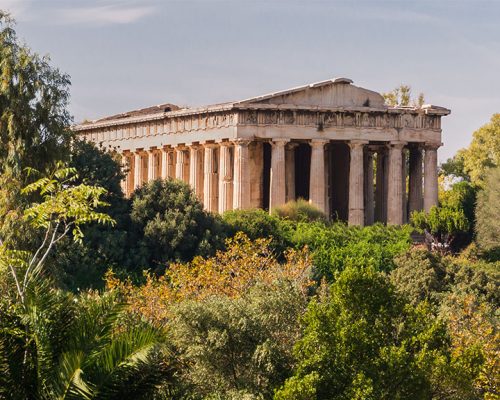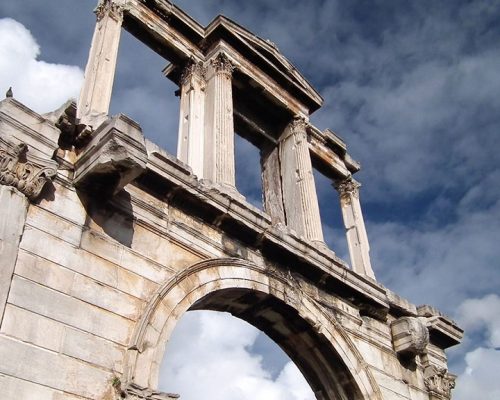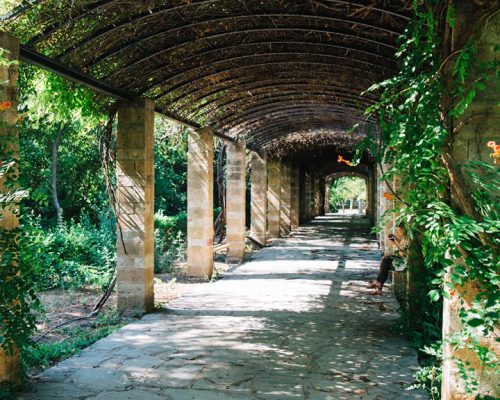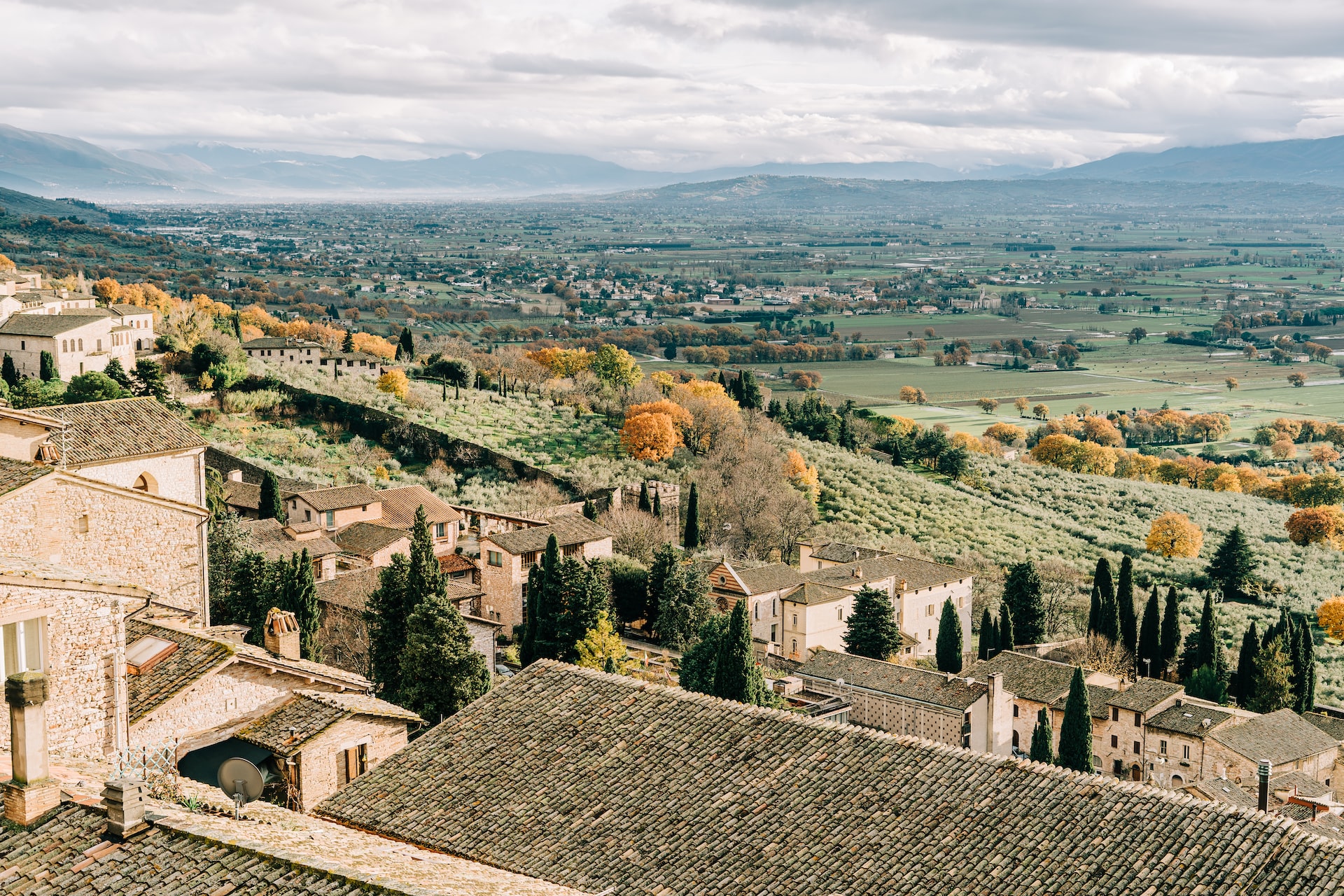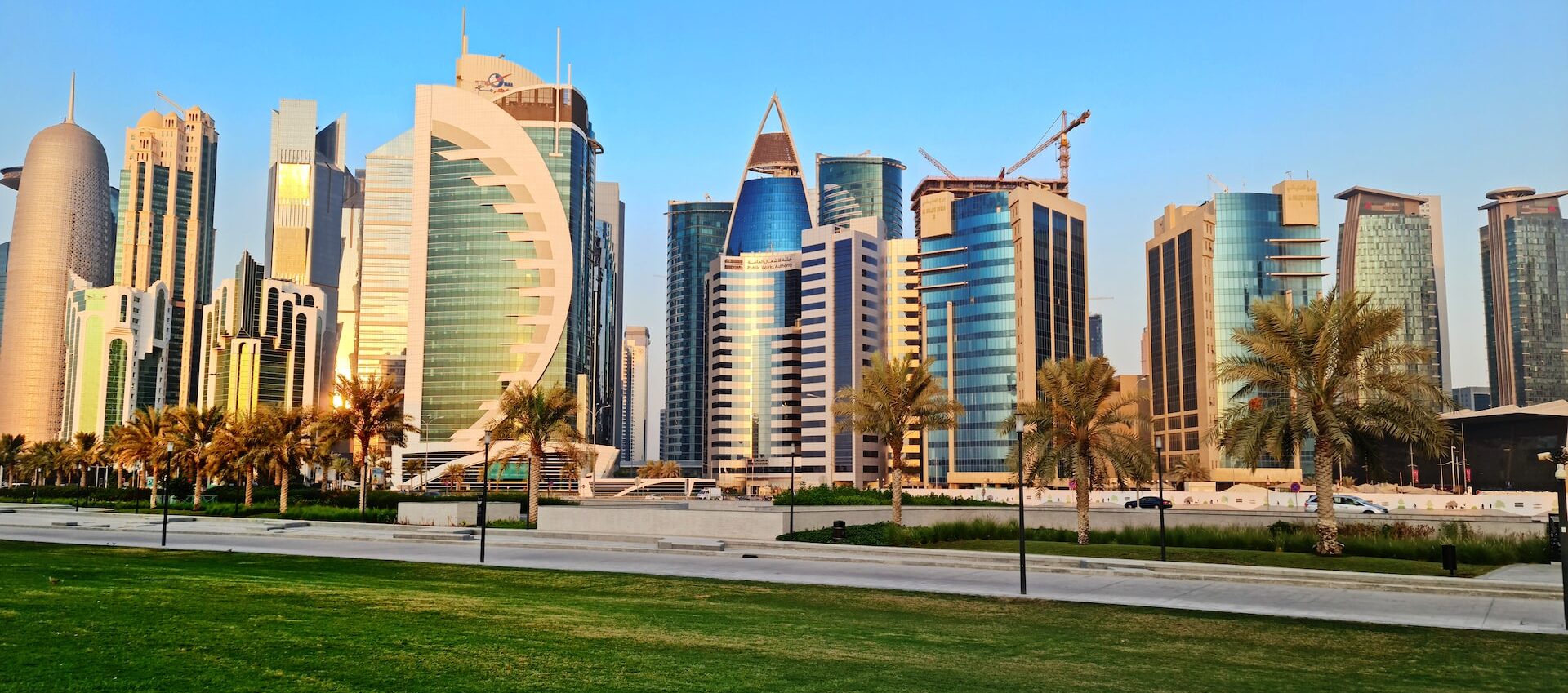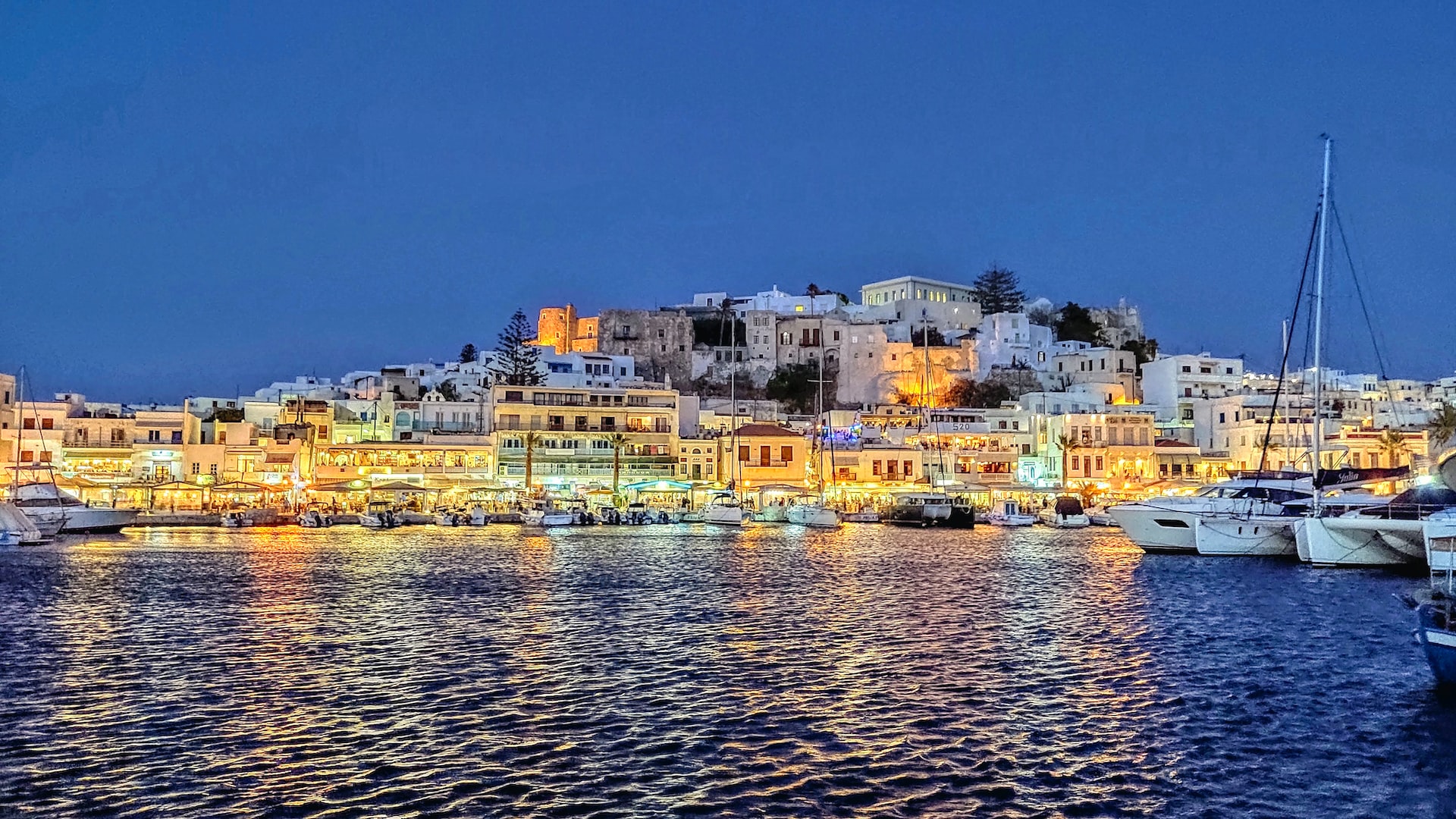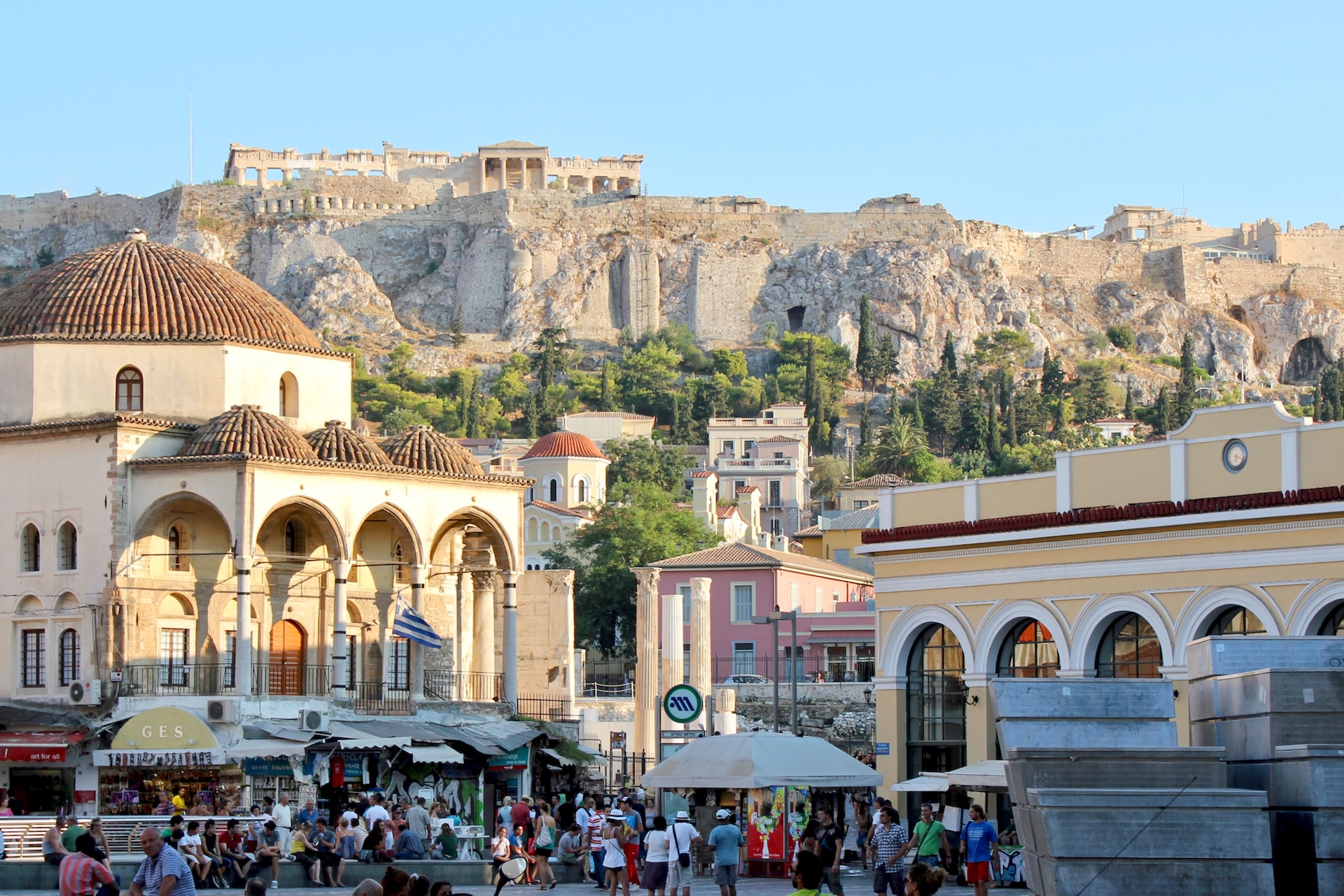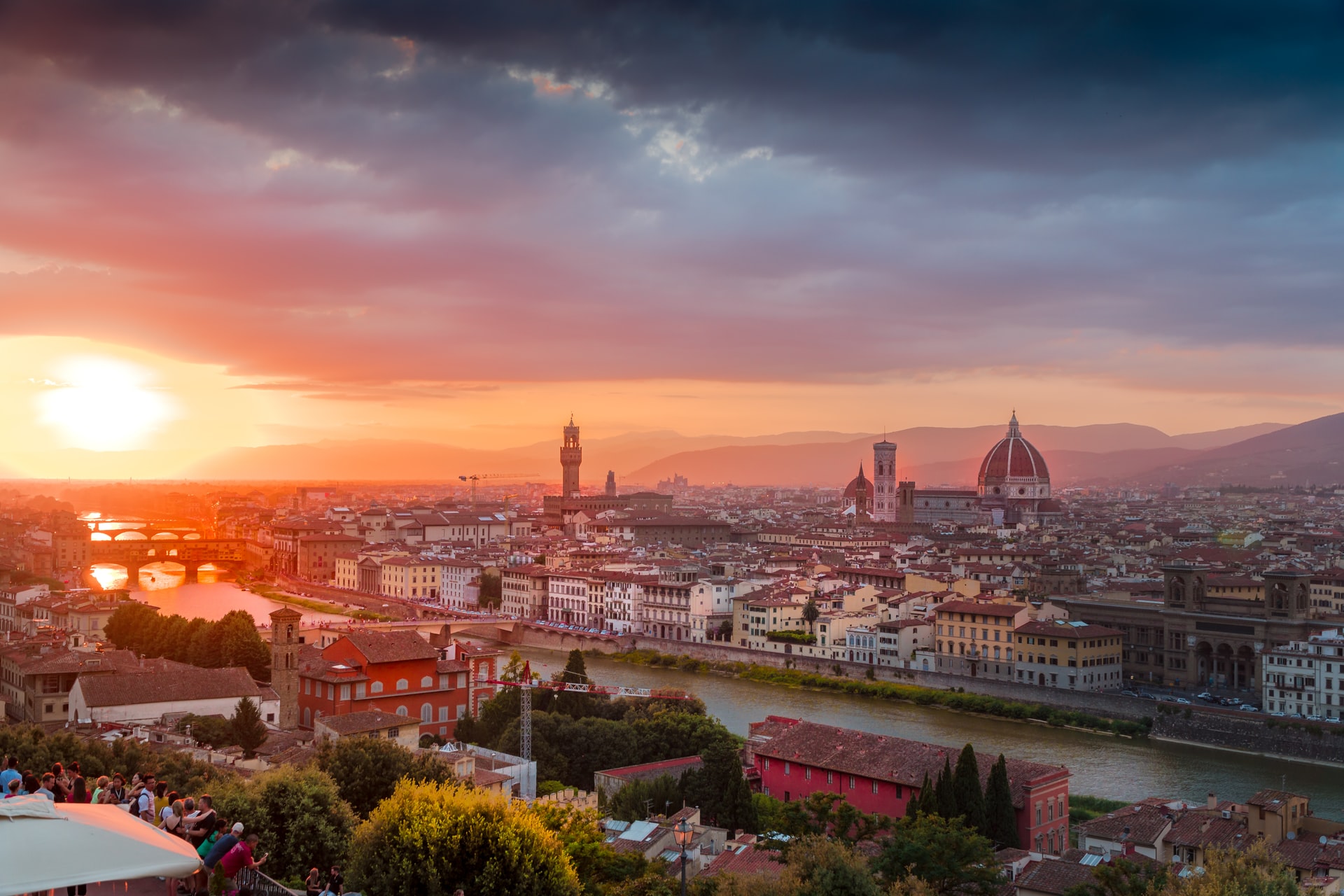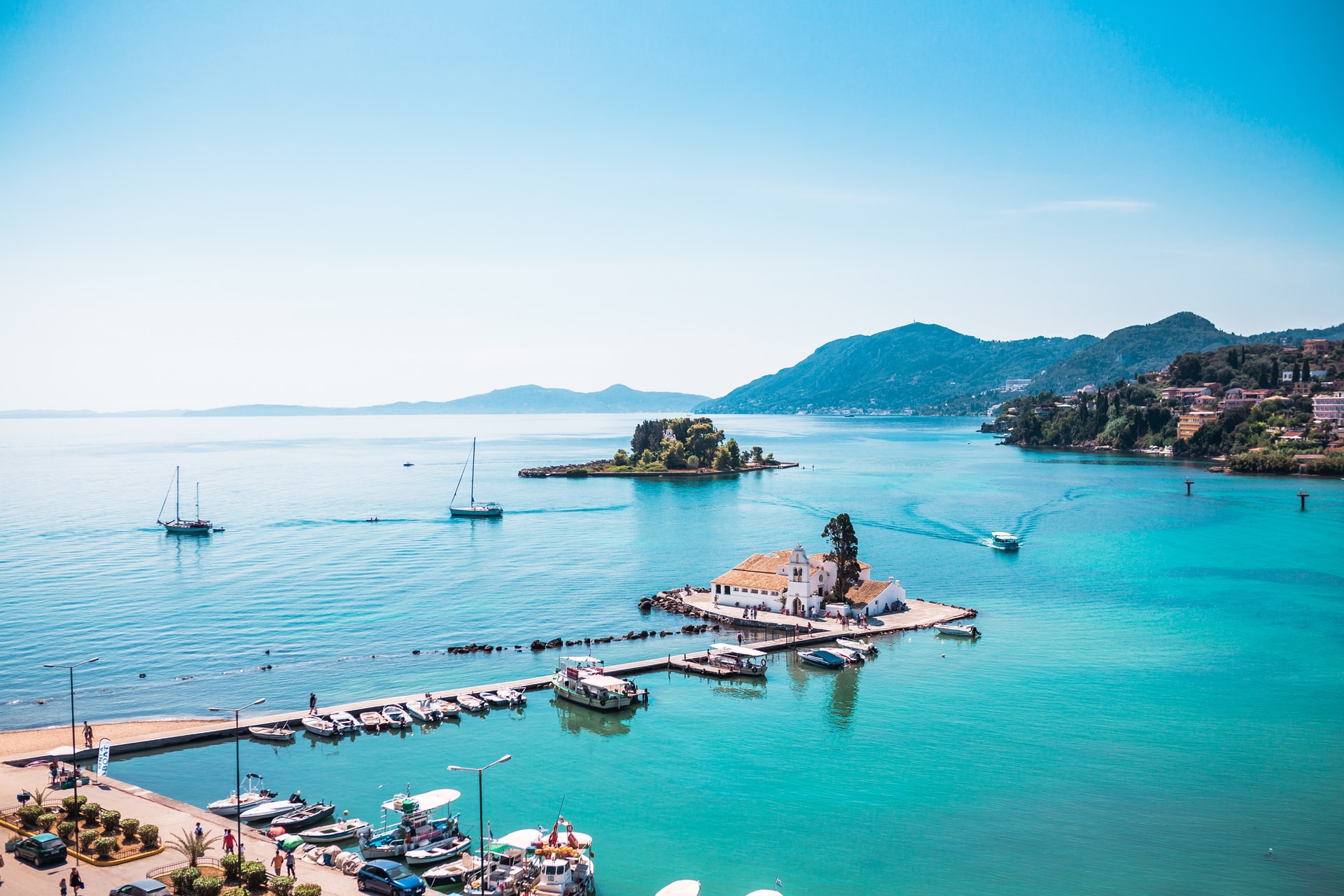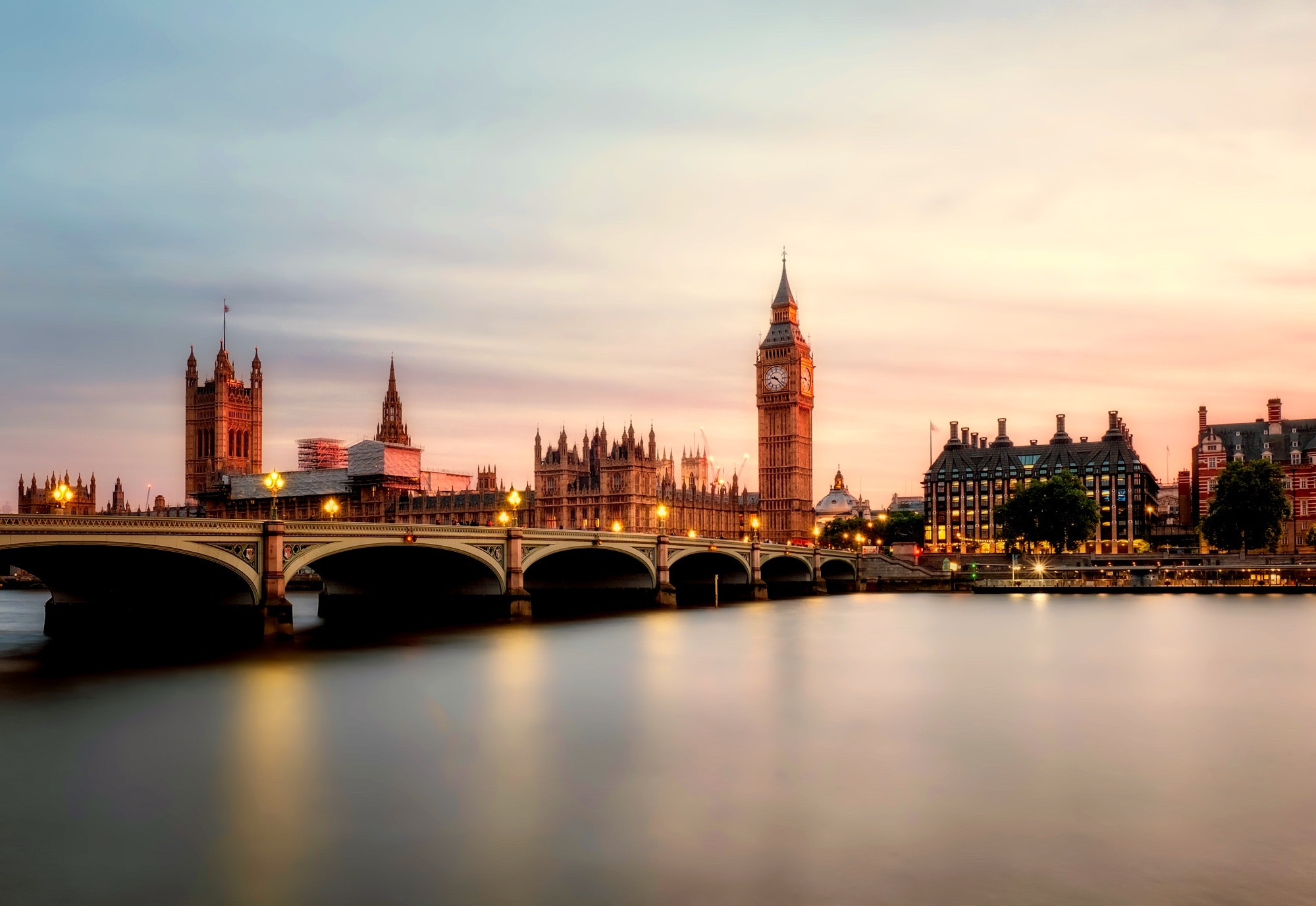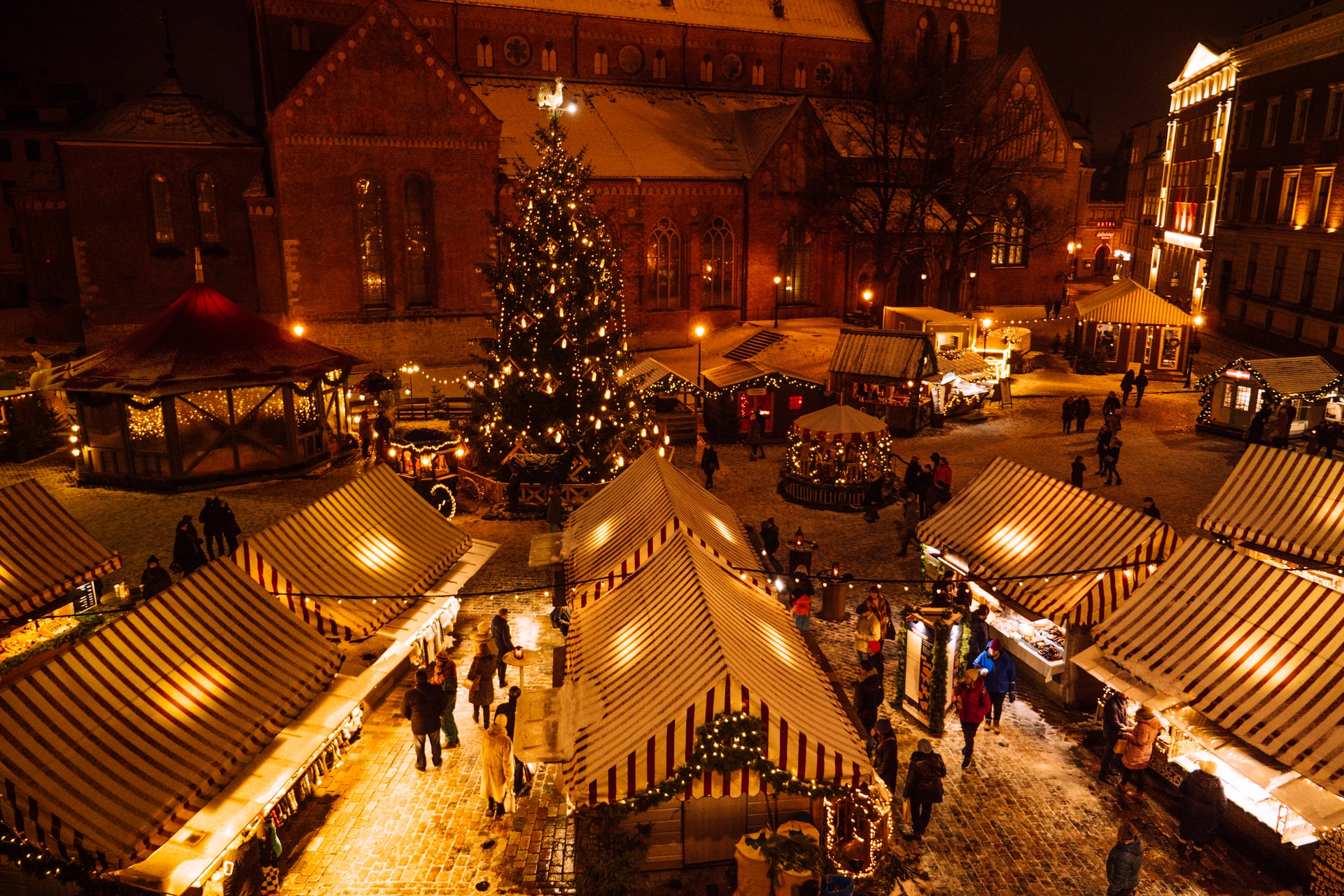Cradle of culture and democracy, birthplace of science and philosophy, Athens is probably the European capital that has undergone the greatest transformation in recent decades. A modern metropolis, and a city with an ancient flavor as well, where past meets future and great contrasts make it a very interesting city to explore.
What you will find in this article
1. Acropolis of Athens and Parthenon
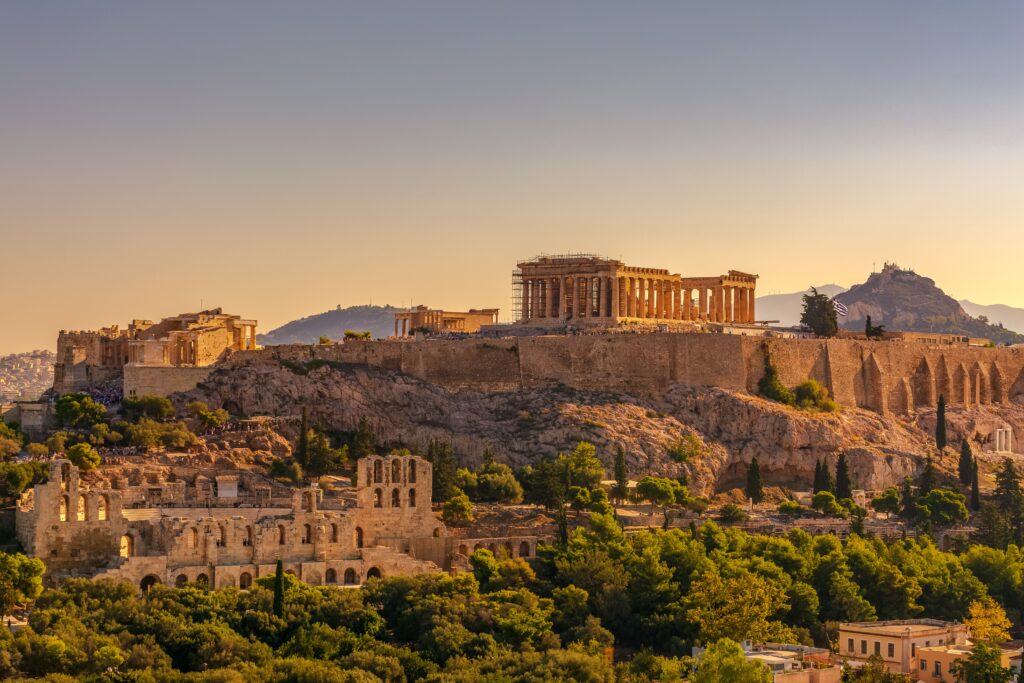
Designated as a UNESCO World Heritage Site in 1987, the Acropolis of Athens can be considered the most representative among the Greek Acropolis and one of the most important ancient sites in the world It is a top-leveled cliff, rising 156 meters above sea level overlooking Athens and is visible from almost every point in the city. Here stands the Parthenon, symbol of Athens, built of Pentelic marble, whose reflections mark the different times of day: at midday the sun makes them glow white, while at sunset they take on an amber color. Thanks to the impressive night lighting, its columns appear in all their majesty. Its dimensions make it visible even from several kilometers away, resulting in a spectacular companion of tourists visiting Athens. Making a tour of the Parthenon is a must, either on your own or by joining one of the many guided visits, which will give you a deeper insight into the long and compelling history of this majestic building. The Acropolis and the Parthenon are a unique spectacle that has enchanted tourists from all over the world for centuries.
2. Roman Agora and Tower of Winds
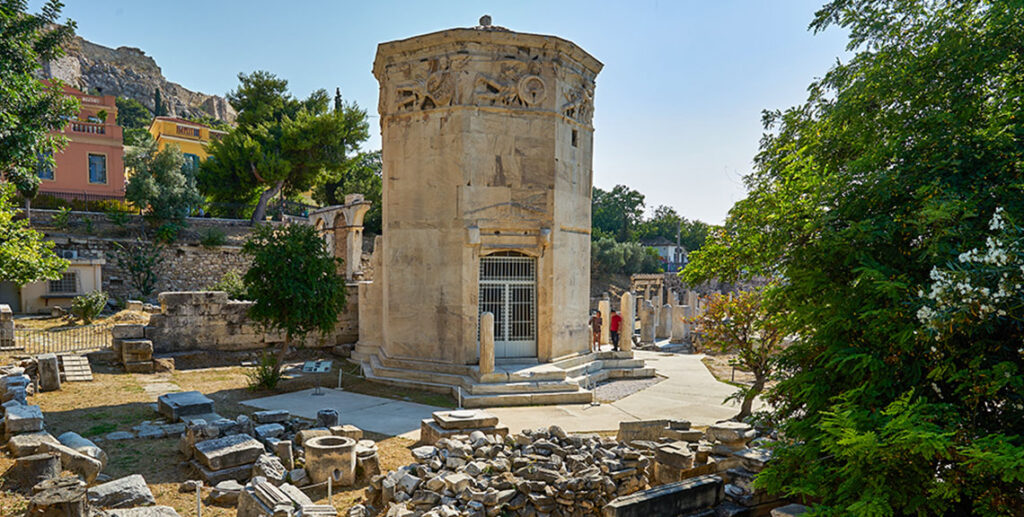
The Gate of Athena Archegetis, built in the 1st century AD at the behest of Julius Caesar, provides access to the Roman Agora, where the only preserved monument is the Tower of Winds. The monument, also called horologion for its ancient function as a sundial, compass rose and water clock, is an octagonal tower made of Pentelic marble. Its construction dates back, for some sources, to 50 BC by Andronicus of Cirrus, for others to the 2nd century BC, before the rest of the forum. The structure is 12 meters high and about 8 meters in diameter. Each side faces a cardinal point and has a relief structure representing the wind associated with each direction. In the past, a wind vane in the shape of a Triton topped the roof and indicated the direction of the wind. The tower had two entrances with covered porticoes that allowed public access. All that remains of the inner clock is the plinth and the water drainage channel.
3.Ancient Agora
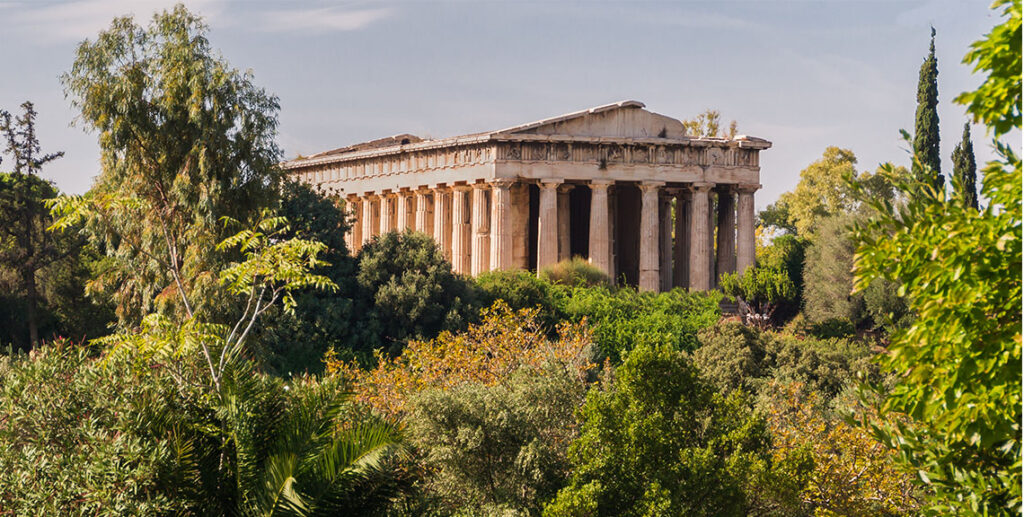
The Agora is today the best known example of a Greek agora. In antiquity it was the main square of the city of Athens, a bustling and crowded hub of the city’s political, social, administrative and commercial life. Great men spent their time here: just to name two, Socrates and, several centuries later, St Paul. There were private dwellings in the Agora until the 6th century BC, when it was reorganized by Pisistratus, who made it the center of the Athenian government. In 480 BC the Persians devastated the entire area, but everything was rebuilt exactly where it had stood before. From the time of Pericles until 267 A.D., the place experienced its heyday; after these years the buildings were razed to the ground by a Gothic tribe of Scandinavian origin, the Herulians. On the Ancient Agora, the Turks later built a residential quarter, which, after independence was gained, was demolished to unearth evidence of the older past. Excavations since then have uncovered a Neolithic level in addition to that of the classical period. Today, the site offers a pleasant diversion from the busy streets of the city and houses beautiful monuments and an interesting museum.
4. Hadrian's Arch
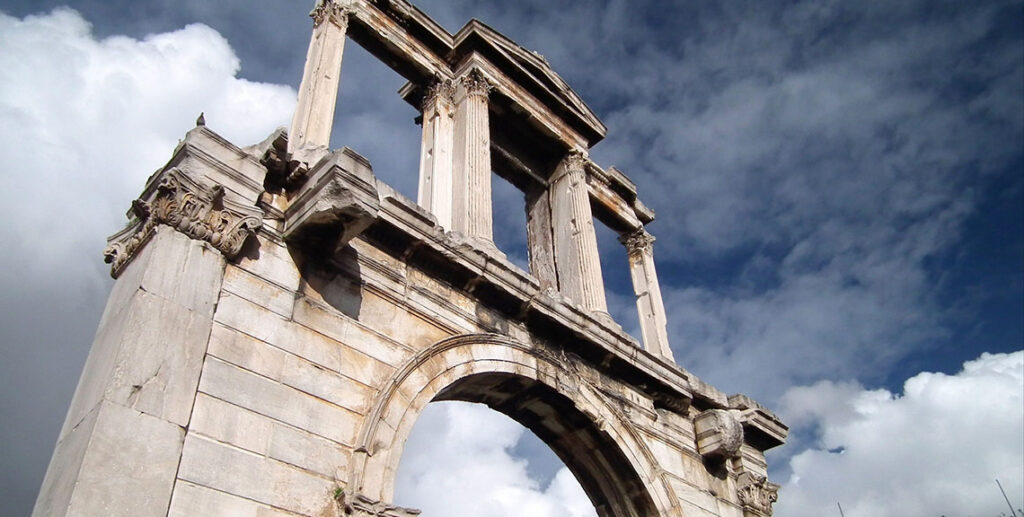
There are many stories revolving around the construction of Hadrian’s Arch, but the most credited one is that the arch was built in 132 AD to celebrate the arrival of Emperor Hadrian to mark the dedication of the nearby temple of Zeus Olympius.
Two inscriptions on the solemn Pentelic marble monument, opposite each other, mention Theseus and Hadrian and bear the phrases: ‘This is Athens, the ancient city of Theseus’, and ‘This is the city of Hadrian, and not of Theseus’. It was therefore assumed for a long time that the arch must have served as a dividing structure between the ancient city and the Roman city, but further excavations have proved this assumption inaccurate. The arch is located 325 meters southeast of the Acropolis of Athens.
5. National Garden
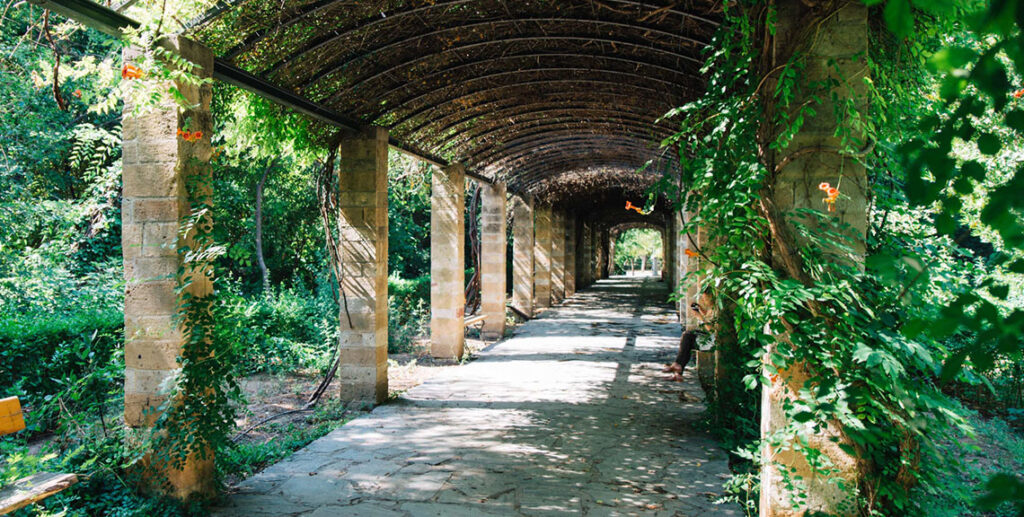
The National Garden is a pleasant and cool refuge from the heat of the summer months, a true green oasis in the heart of Athens. It was originally part of the Royal Garden created in 1839 at the behest of Queen Amalia, but it only opened its doors to the visitors in 1923 bearing the name we know it by today. The flora species inside are varied and unusual: the architect who designed the gardens, Friedrich Schmidt, traveled all over the world to find the most exotic plants. Some areas of the park are not to be missed, such as the botanical garden, the small pond and a small zoo. The large play area for children makes it a must-see for those traveling with little ones; if not, it is still a place worth a visit.
6. Benaki Museum
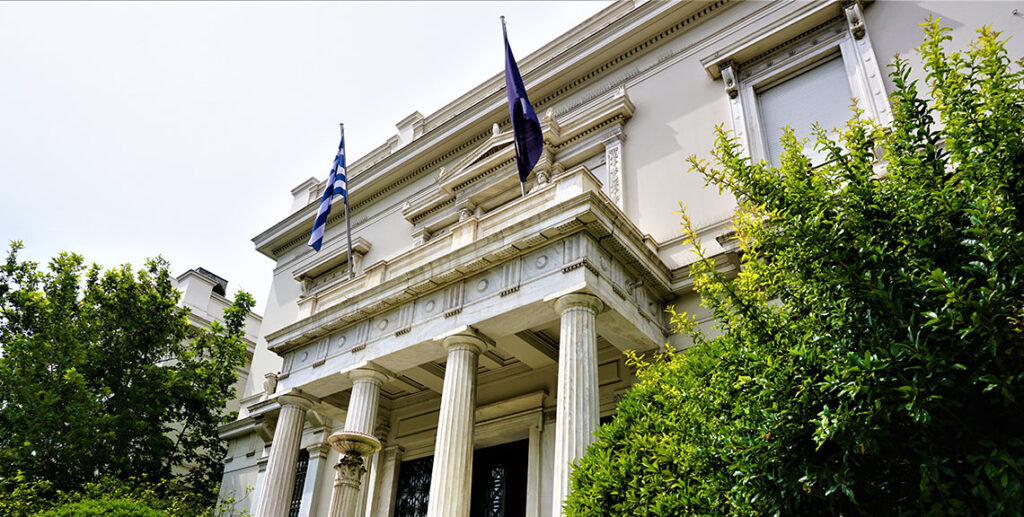
Founded in 1930, the Benaki Museum exhibits an extensive collection of archaeological artifacts, showing the development of the arts from antiquity to the present day. The museum is named after Antonis Benakis, a Greek trader who, over the course of 35 years, collected the artifacts that can be seen in the museum today in Europe and Asia. The history of Greece is illustrated in a pleasing way thanks to a delightful exhibition itinerary, in which the exhibits – dating from 3000 B.C. to the beginning of the 20th century – are arranged in chronological order along the four floors of the neoclassical villa where the museum is located. Some of the most important items in the museum are artifacts found in Mycenae and Thessaly, from the Bronze Age, works by El Greco, a writing desk belonging to Lord Byron, some sacred furnishings from Asia Minor, ceramics and objects from Egypt, Asia Minor and Mesopotamia, as well as a splendid series of Greek regional costumes. The museum has expanded greatly in recent years, and today it also includes several branches. It undoubtedly plays a key role in the city’s art scene, also thanks to its extensive programme of temporary exhibitions.
